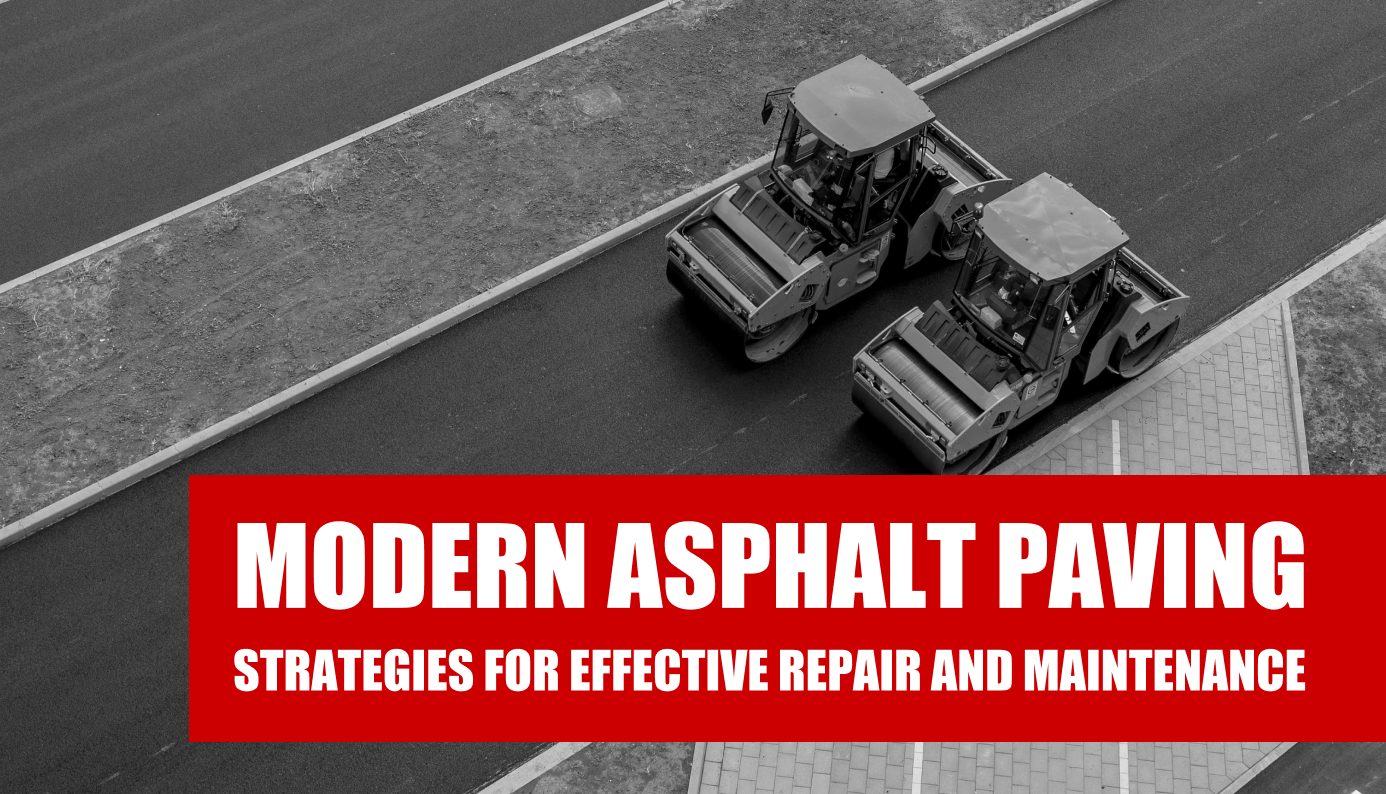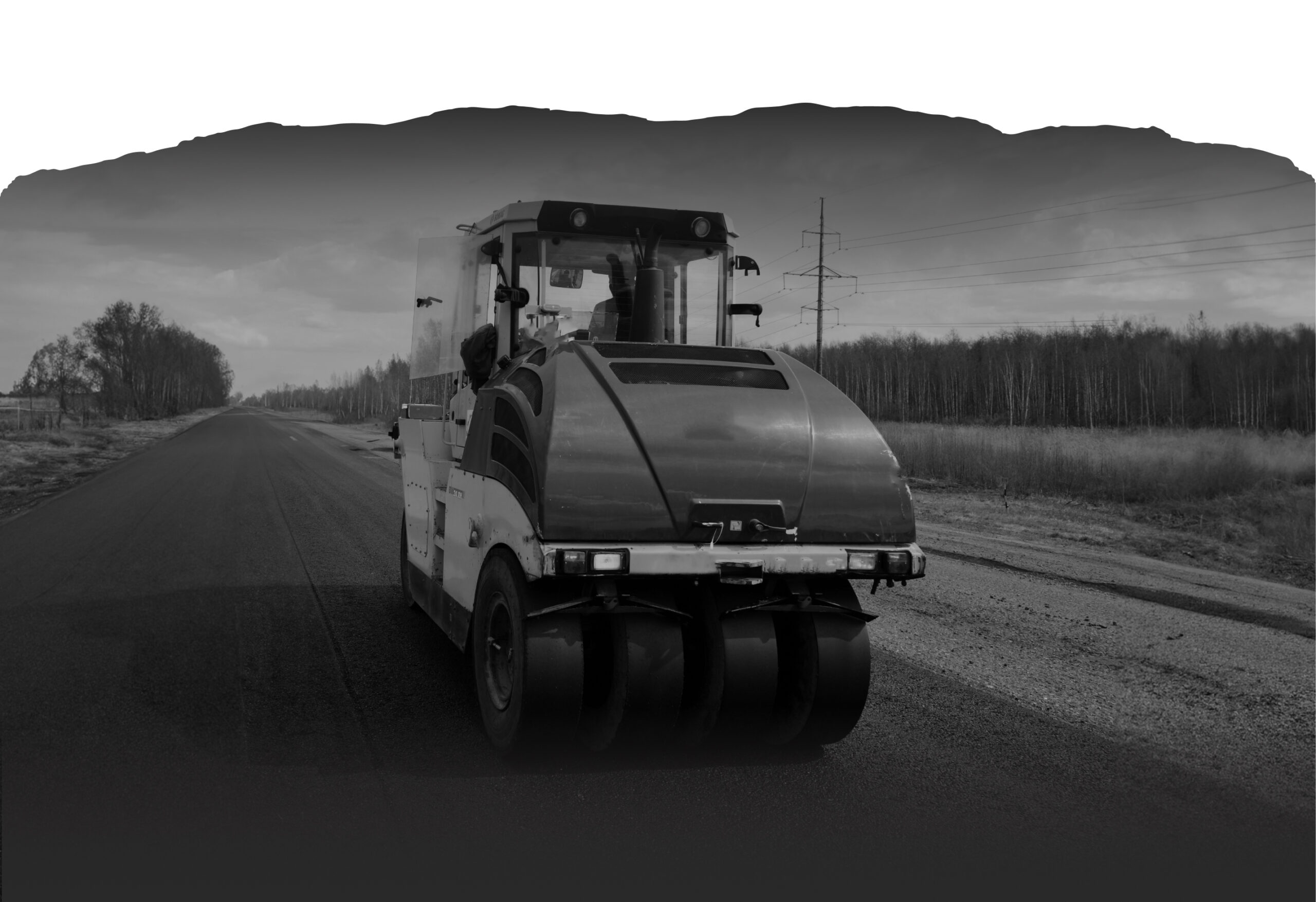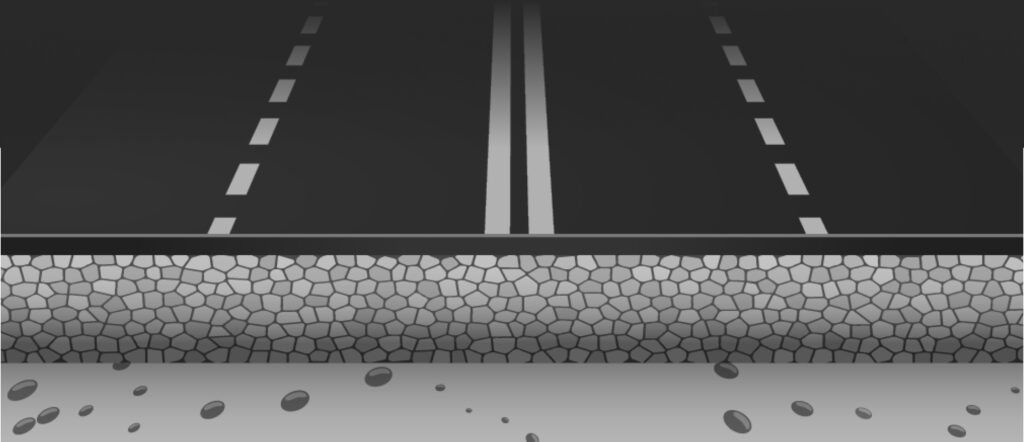Modern Asphalt Paving Strategies for Effective Repair and Maintenance

What’s New in Asphalt Paving
As technology progresses at a rapid rate, it’s important to consider that the world of asphalt paving has seen its fair share of significant advancements as well. Recycled materials in asphalt production have grown in popularity due to their sustainability as an eco-friendly solution. Warm mix asphalt (WMA) produced at lower temperatures, reduces energy consumption and has been proven to be resistant to moisture damage. One notable innovation is smart pavement, which uses sensors for real-time data collection and analysis of driving conditions such as temperature, traffic flow, and moisture levels. It’s safe to say that asphalt paving has come a long way from traditional hot and cold mixes.
Understanding your asphalt paving options is crucial for finding the right method for your department. And while new developments like smart pavement may not have reached your neck of the woods yet, it doesn’t mean you can’t take advantage of a modern asphalt paving strategy. By exploring different paving materials, common costs, hidden issues, and adopting a modern strategy, you can narrow down an asphalt solution for effective repairs and maintenance, even if it doesn’t come with moisture level sensors.
Comparing Asphalt Paving Materials – Which One Is Right for You
There’s a wide array of asphalt paving materials to choose from and each one comes with its own set of advantages and considerations. The right material for your department ultimately depends on your specific needs, budget, and what materials are readily available.
Traditional hot mix asphalt (HMA) is a popular choice for large-scale projects due to its durability. It is composed of a mixture of aggregates and liquid asphalt, applied while hot and compacted for a smooth finish.
Previously mentioned warm mix asphalt (WMA) is a more environmentally friendly alternative without compromising quality. WMA reduces energy consumption during the mixing and paving process by lowering the temperature needed for production, resulting in significant cost savings and reduced emissions.
Recycled asphalt pavement (RAP) offers a cost-effective solution by reusing existing materials. RAP reduces the need for new aggregates, making it an eco-conscious option.
Bulk cold mix asphalt is a versatile material used for repairing potholes, cracks, and other smaller damages in pavement. It is a premixed blend of asphalt, aggregate, and specialized binders, designed to be used without the need for heating and able to be stored outside for extended periods of time.
RockAsphalt©, a natural asphalt composed of limestone and naturally imbued with bitumen, delivers durability that rivals HMA and bonds on compaction. This weather-resistant, 100% VOC free material can perform permanent repairs from potholes to road resurfacing without the need for specialized training or extensive asphalt paving equipment.
While all the above materials are viable asphalt paving methods, the most effective road repair and maintenance strategy largely depends on your circumstances and specific use cases. Projects in high-traffic areas such as highways or airports will require material with high durability. Small-scale road maintenance like pothole repair could be completed with less sophisticated materials like cold mix or throw-and-roll asphalt. Whatever method you choose, it’s crucial to consider the true costs associated with your decision.
Calculating the True Cost of Asphalt Paving
The cost of asphalt paving doesn’t just include the initial purchase of material. Standard methods and materials that may first appear cheap in price quickly become costly due to other factors. Transportation, training, labor, equipment maintenance, and asphalt longevity are all expenses that need to be calculated to truly determine the cost of a road maintenance project.
Many departments responsible for road maintenance rely on asphalt plants near the jobsite for convenience. However, transporting these bulk materials is dependent on operating and maintaining large equipment such as hot boxes and dump trucks. Vehicles making frequent trips to the asphalt plant burn through fuel and cut into workforce hours. Additionally, asphalt plants that produce bulk asphalt, both hot and cold, normally require large purchase minimums. This leads to purchasing quantities far exceeding project requirements. Cold mix asphalt that’s stored outside for extended periods of time becomes unusable and must be disposed of, while maintaining hot mix’s temperature will quickly incur additional costs.
Large-scale road maintenance projects that require highly durable material such as HMA utilize an extensive crew of skilled operators and technicians. Haul truck drivers, grading crews, and screed operators are just a few of the many essential positions needed for the project. While HMA itself is one of the cheapest and most durable asphalt paving options, the labor force, heavy machinery maintenance, and transportation of materials is expensive. Even projects using cheaper, durable materials such as WMA, will need a trained workforce and heavy machinery.
Alternatively, less complicated road maintenance projects such as a simple pothole repair can have hidden costs of their own. While seemingly inexpensive, the traditional method of repairing potholes with cold mix leads to ongoing maintenance, rework, and wasted material. Cold mixes can perform pothole repairs in temperatures where HMA isn’t viable, but the subpar durability of the material often leads to failed patches and rework. In many cases, this repatching is performed with the same material, leaving road crews in an expensive and endless cycle of repair and re-repair. Regardless of what material is used for this rework, the road maintenance process starts over, essentially doubling the costs of every pothole repaired.
A modern asphalt paving strategy is one that considers all these costs and assesses which one works best for the project at hand. What works for one road maintenance project may not work for the next, but it’s important to note that even traditional methods deemed cheap in cost may turn out to be expensive in the long-term. This is especially true considering the many common issues associated with asphalt paving.
Common Issues with Asphalt Paving
Common issues with asphalt paving are numerous, some of which can arrive in a moment’s notice. Consider this scenario: After careful evaluation, it’s been determined that a particularly busy road within your community is in dire need of resurfacing. Your department diligently plans the project by considering budget, sourcing materials, scheduling a crew, and meticulously choosing a date and time to begin to ensure minimal disruption of traffic. The day the asphalt paving is slated to begin, the road crew secures a truck load of HMA and drives towards the jobsite. A sudden rainstorm appears. Everything must stop except the machinery keeping your material heated until the rain passes and the ground dries.
No matter how much you plan, unpredictable weather conditions, such as heavy rain or extreme temperatures, can hinder the proper execution of asphalt paving. Besides terribly timed downpours, other variables can greatly affect the quality and durability of the repairs. Heated asphalt paving materials, for instance, must set in temperatures above 55 °F for optimal performance. Within the span of 72 hours while the materials cool, changes in temperature can cause rapid deterioration, resulting in cracks and potholes.
Another common issue results from utilizing materials with inadequate durability for high-traffic areas. Temporary, all-weather asphalt patches are commonplace during winter months, but eventually need replacement. As previously mentioned, road maintenance performed with these materials causes an endless cycle of repair and re-repair. A pothole forms, it’s patched, the patch fails, the pothole is patched again, etc. The problem is not only in the material, but how the material is used.
Technical issues with machinery and improper training also affect the quality and durability of the repairs. Inadequate training or lack of expertise among road maintenance crews can also lead to subpar workmanship, compromising the longevity and functionality of the road. Robotic equipment can suddenly fail, delaying major road maintenance projects with costly repairs. It’s because of these common issues with asphalt paving that maintenance projects become delayed and exceed budget. Complications with machinery, lack of technical experience, and inherent material limitations are all problematic, but they may not be the biggest issue facing modern road maintenance. Taking a modern approach to asphalt paving might not just be stepping away from traditional materials or investing in the newest technologies. It may mean re-evaluating what proactive road maintenance looks like from a strategic standpoint.
Choosing the Right Asphalt Paving Materials for an Effective Maintenance Strategy
HMA requires a multi-step process that’s limited by weather and cold mix isn’t designed to last and perpetuates re-repairs. Despite these limitations, these materials have become the standard for most asphalt paving. While using these materials may work for your project, they may not be the most effective and cost reductive.
Innovative asphalt paving materials such as WMA, RAP, and smart pavement are offering road maintenance crews effective maintenance strategies, especially when compared to traditional mixes. But while these innovations reduce emissions and overall costs, they’re still reliant on heavy machinery, trained operators, large crews, investments in technology, and weather conditions. Is the nearest asphalt plant saving your department time and money simply because of the location? Is patching a pothole with cold mix worth the inevitable rework in a few months? While the technological advancements of smart pavement allow for early detection of potential hazards and areas that require maintenance, does installing these systems work within your department’s budget?
RockAsphalt© helps departments take a proactive approach to road maintenance because it doesn’t adhere to traditional asphalt paving methods that many have grown accustomed to. Roads can be resurfaced in colder temperatures because RockAsphalt© has no weather restrictions and binds on compaction. Reworking potholes can be eliminated because of its superior durability and three-year guarantee. Material is delivered directly to you, eliminating long drives and wait times at the asphalt plant. The application process is simple, doesn’t require specialized training or equipment, and is guaranteed to work right the first time.
The best asphalt paving strategy is the one that assesses the various costs, common issues, and employs a strategy for effective repair and maintenance that works for your needs. Ultimately, if the asphalt plan is two blocks away from the jobsite, maybe the maintenance and equipment costs of using HMA are validated. However, it’s worth considering there is a modern approach to asphalt paving that reduces the time, training, and equipment needed to perform permanent repairs with RockAsphalt©.

Ready to do road repairs the fast & easy way?
RockAsphalt© replaces cold and hot mix making road repair of all sizes fast, clean, simple and permanent the first time.
Try it for yourself and learn why crews love it.
Get your free sample bags and have your team see how fast and easy it is to permanently fix potholes.


